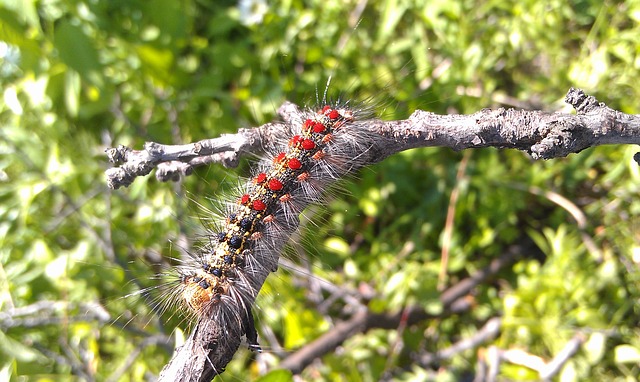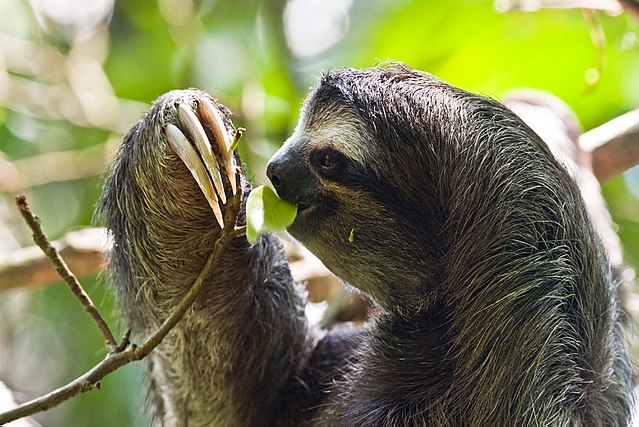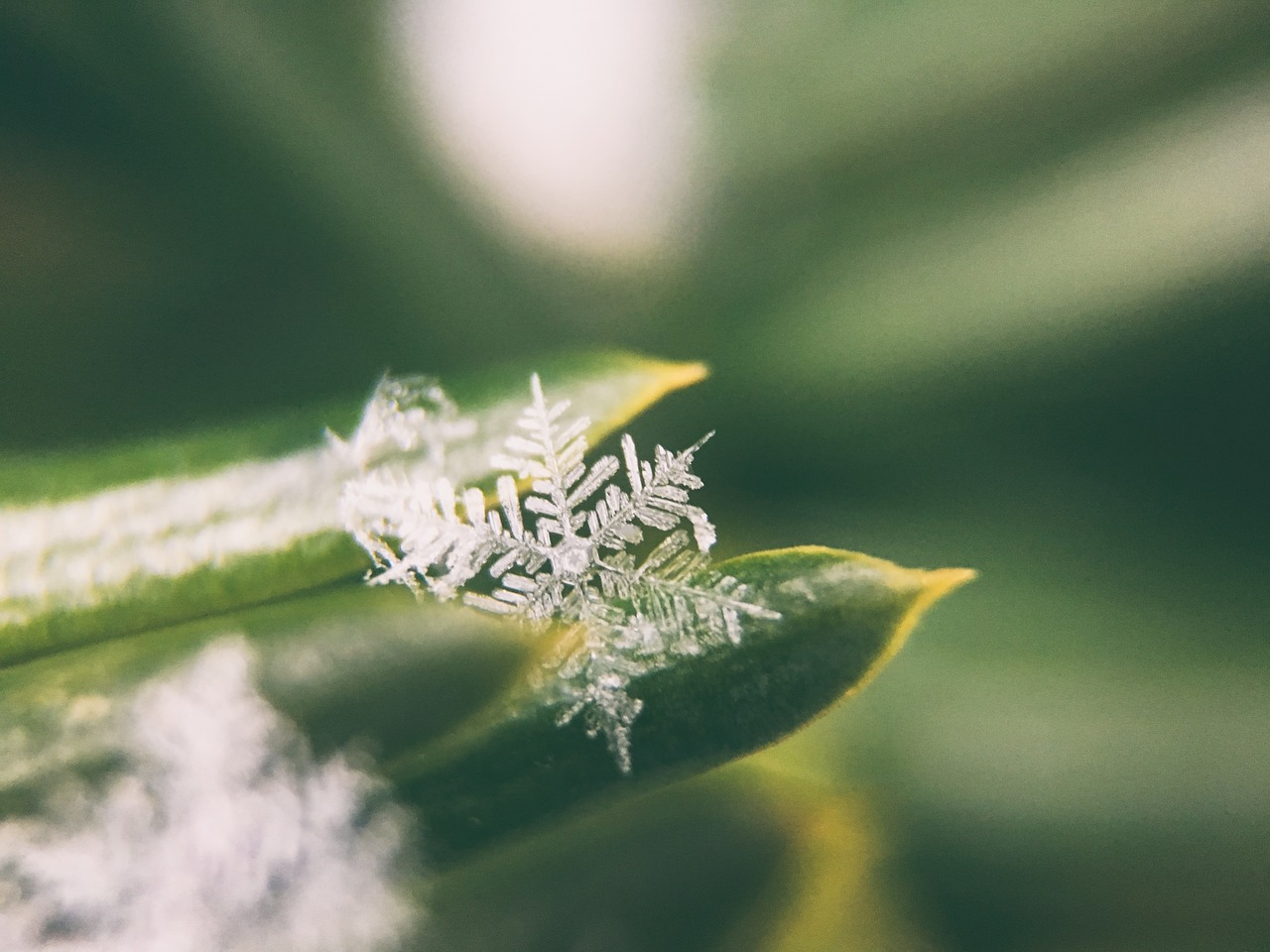Some animals, insects, and organisms have evolved to produce light for various reasons. Capture your students’ curiosity and love of learning by using bioluminescence as a springboard into the world of luminescence. There are many ways of adapting glow-in-the-dark lessons to a variety of subjects and grade levels.
By Jennifer Byerly
Bat Week is Oct. 24-Oct. 31! Use this national event (timed with Halloween) to teach kids about the important role bats play as insect eaters, pollinators, and seed spreaders. To celebrate, we’ve gathered some free downloadable activities, arts and crafts, writing prompts, and other projects for all ages to learn about bat conservation.
Plants help protect insects, and insects help plants pollinate and disperse seeds. Learn about some specialized symbiotic relationships that benefit both organisms involved.
An invasive species is any kind of organism that is not native to an ecosystem and causes harm to the environment, economy and possibly even human health. Lymantria dispar, Asian longhorned beetles, emerald ash borers, and woolly adelgids are among the growing list of invasive insects that threaten U.S. forests and urban landscapes.
Thirty-two percent of the plastics produced each year flow into our oceans. Here are a few ways you can encourage your students to reflect on how much plastic they use and how they can reduce their plastic consumption to protect the environment.
These experiments, games, and activities can help students in grades K-8 learn about the effect pollution has on the environment and inspire us to make a change.
Sloths, koalas, geckos, and opossums have found unique ways to live in tree-tops. Find out how these animals have adapted to life in the tree canopy.
Embrace the cold this winter and have some fun with these hands-on science experiments and activities.
Engage children in learning about trees and forests through music! Sing about the seasons, leaves, animals, and more with these fun and educational songs about trees.
These fun planter/pot activities for kids encourage artistic creativity, and many use recycled materials from around the home.











